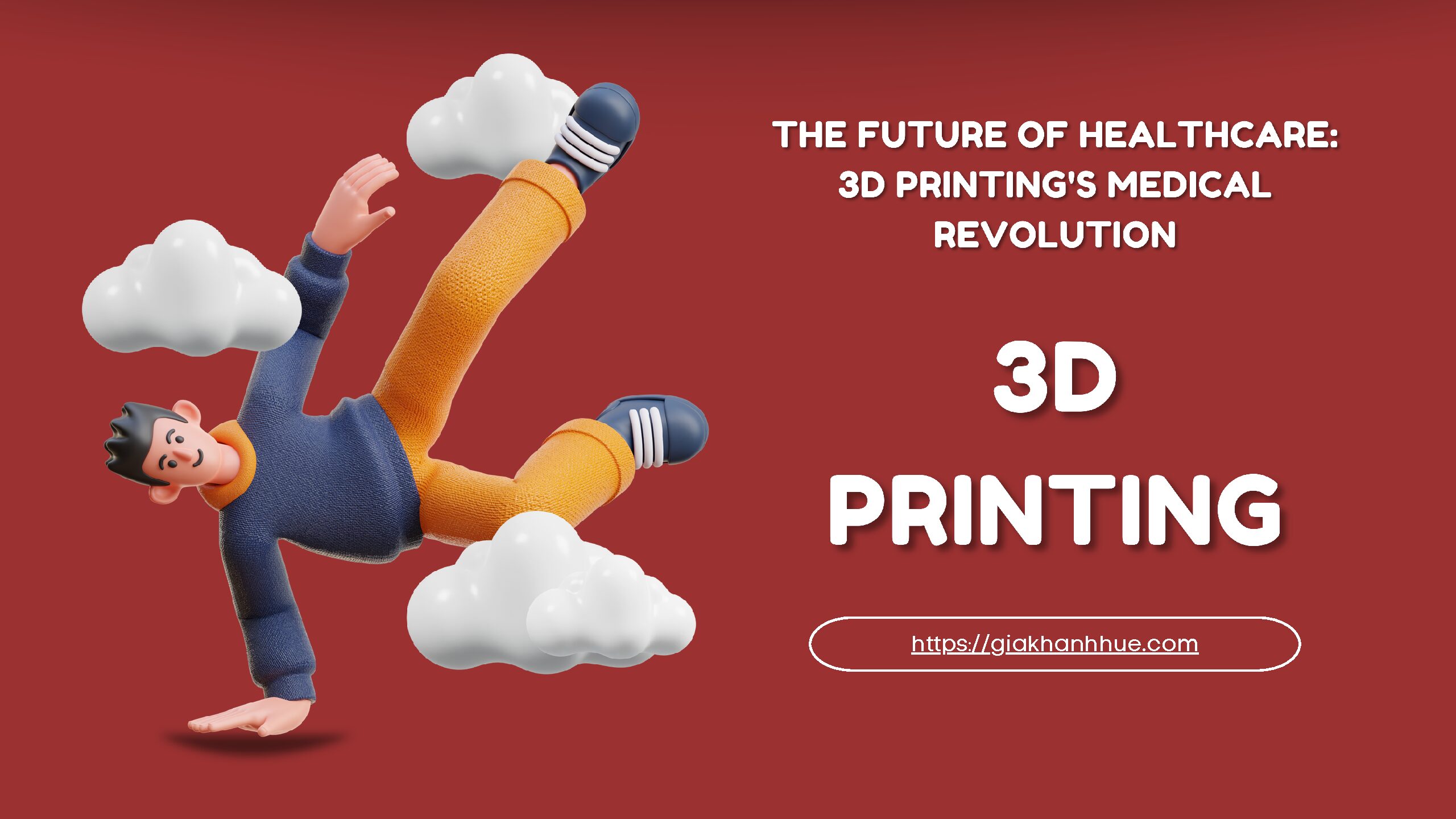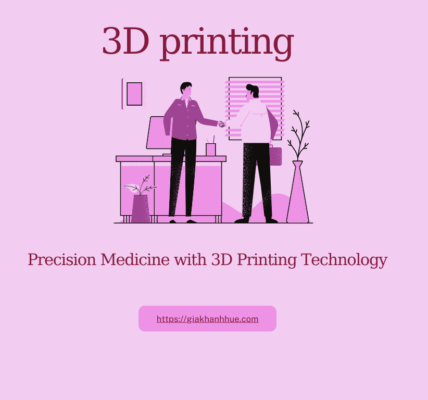The healthcare industry is standing on the brink of a major revolution, driven by the advancements in 3D printing technology. This innovative method, known as additive manufacturing, is rapidly transforming medical practices, opening up new horizons for personalized treatment and advanced healthcare solutions. 3D printing in medicine is not just a fleeting trend; it’s a significant leap towards a future where healthcare is more adaptive, efficient, and patient-focused.
Redefining Customization in Patient Care
3D printing’s most significant contribution to healthcare is its ability to produce tailor-made medical devices, implants, and prosthetics. Unlike traditional manufacturing processes, 3D printing can create items that perfectly match the patient’s anatomy, leading to improved comfort and functionality. This bespoke approach is particularly beneficial in orthopedics and dental care, where the fit of an implant or device is critical for its success.
Innovations in Tissue Engineering and Organ Transplants
A groundbreaking area of 3D printing in healthcare is tissue engineering. Researchers are now capable of printing biological materials, including cells, to create skin, bone, and even vascular tissues. This advancement holds the promise of revolutionizing organ transplants and tissue repair, potentially ending the shortage of donor organs and reducing transplant rejections.
Enhancing Surgical Precision and Efficiency
3D printing is also changing the landscape of surgical procedures. Surgeons can use 3D-printed models of patient-specific organs to prepare for complex operations, increasing the chances of successful outcomes. These models allow for precise pre-surgical planning, reducing operation times and improving the overall efficiency of surgical procedures.
Challenges and the Road Ahead
Despite its enormous potential, the integration of 3D printing into healthcare faces challenges. These include the high costs of technology, regulatory hurdles, and the need for specialized training for healthcare providers. However, as research continues and the technology becomes more accessible, these challenges are expected to diminish, paving the way for more widespread adoption.
Collaboration and Ethical Considerations
The future of 3D printing in healthcare will depend on collaboration between engineers, medical professionals, and regulatory bodies. Together, they must navigate the ethical implications and establish guidelines for the safe and effective use of 3D printing in medical treatments.
Expanding Horizons in Pharmaceutical Research
3D printing’s potential extends to the pharmaceutical industry, where it can revolutionize the way medications are produced and administered. This technology allows for the creation of pills in complex, multi-layered structures, enabling controlled drug release and personalized medication dosages. This can lead to more effective treatments with minimal side effects, especially for patients requiring multi-drug regimens or those with specific dosage needs.
Cost-Effective Solutions and Accessibility
An important aspect of 3D printing in healthcare is its cost-effectiveness. Traditional methods of manufacturing medical devices and prosthetics can be expensive and time-consuming. 3D printing, on the other hand, offers a more economical solution by reducing material waste and production time. This not only makes healthcare more affordable but also more accessible, especially in remote or underprivileged areas where medical resources are scarce.
Future Trends: Bioprinting and Beyond
Looking ahead, the scope of 3D printing in healthcare is vast and full of possibilities. Bioprinting, a sub-discipline of 3D printing, is set to become a major focus, with the potential to print complex living tissues and organs. This could be a game-changer in regenerative medicine and transplant surgery. Additionally, as 3D printing technology advances, its integration with other cutting-edge technologies like AI and robotics could lead to even more innovative healthcare solutions.
Educational Impact and Training
3D printing is also making a significant impact in medical education and training. By providing realistic anatomical models, it enhances the learning experience for medical students and trainees. These models can mimic a variety of medical conditions, offering a hands-on experience that textbooks or 2D images cannot provide. This will prepare the next generation of healthcare professionals with a deeper understanding and practical skills.

